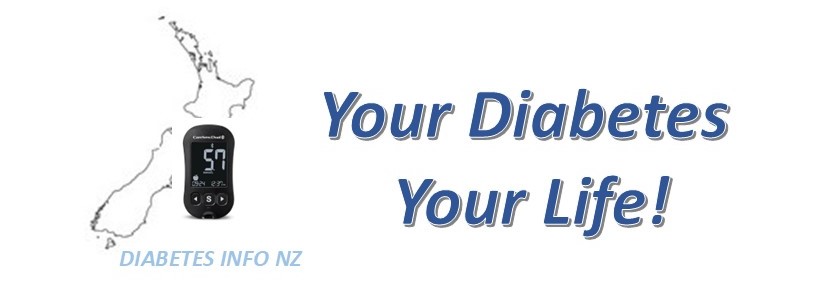Stages of Type 1 Diabetes
Type 1 diabetes is caused by the immune system mistakenly attacking and destroying the insulin-producing cells (called beta cells) in the pancreas. This process is called an autoimmune response.
Type 1 diabetes usually develops in three stages:
- Stage 1: The immune system starts attacking the insulin-producing β-cells. This is detected by the presence of two or more islet autoantibodies, but blood sugar levels are still normal.
- Stage 2: The immune attack continues and causes abnormal blood sugar levels (dysglycemia), but there are still no symptoms.
- Stage 3: Symptoms appear, and the person becomes fully dependent on insulin.
The destruction of β-cells can happen quickly or slowly. Some people don’t develop diabetes for many years after the autoantibodies appear. In adults, especially older ones, the disease can either progress rapidly or very slowly, as in a condition called latent autoimmune diabetes in adults (LADA). The speed of progression varies, and we still don’t fully understand why.
Genetics
Type 1 diabetes also has a strong genetic component, with a hereditary risk of 40–60%. About half of this risk is linked to a group of genes called the HLA region. These HLA genes were first connected to T1DM over 40 years ago. Since then, researchers have discovered that other genes and variations in DNA also play important roles in determining a person’s risk of developing the disease.
Environmental triggers
People with genetic risk usually need an environmental trigger to start the autoimmune process. Possible triggers that have investigated include:
- Viral infections (like enteroviruses)
- Changes in gut bacteria (microbiome)
- Dietary factors in early childhood (e.g. Cow’s milk)
- Stress / other as yet unidentified environmental factors
Loss of insulin production
As more beta cells are destroyed, the body can no longer produce enough insulin. This leads to high blood sugar levels, which is the main sign of diabetes.
In summary, type 1 diabetes is caused by a mix of genetic predisposition and environmental factors that lead the immune system to attack the insulin-producing cells in the pancreas.
